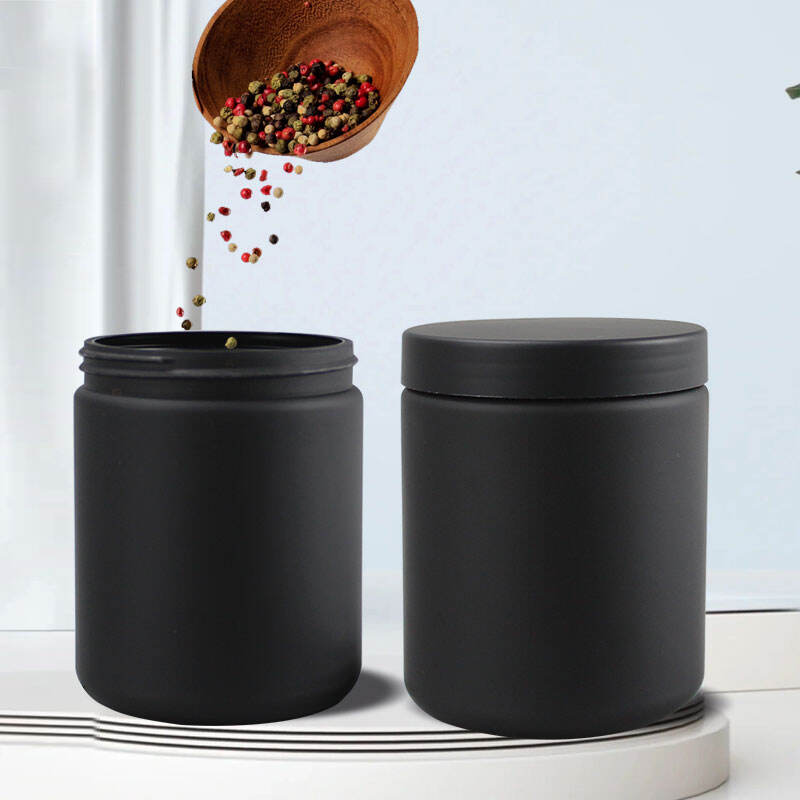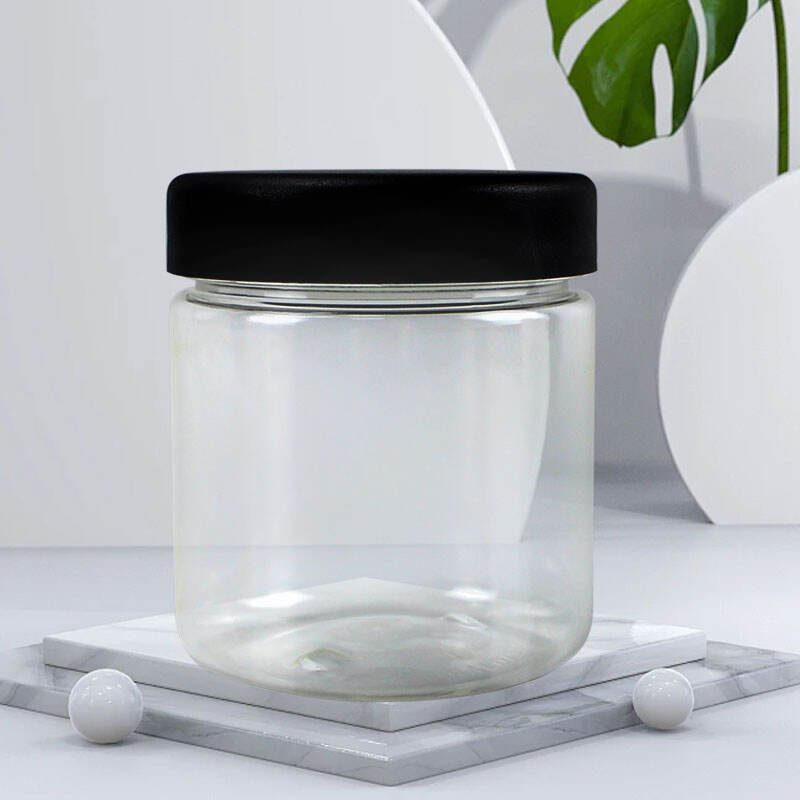The Rise of Innovative Packaging Solutions in Modern Food Service
The restaurant industry is witnessing a significant transformation in how takeout meals are packaged and presented. At the forefront of this evolution are plastic food jars, which have emerged as a game-changing solution for restaurants adapting to the growing demand for convenient, reliable, and aesthetically pleasing takeout containers. These versatile containers are revolutionizing the way restaurants package their offerings, from salads and grain bowls to desserts and specialty beverages.
Restaurant owners and operators are increasingly recognizing the numerous advantages that plastic food jars offer over traditional packaging options. The surge in takeout and delivery services, accelerated by recent global events, has created a pressing need for packaging solutions that maintain food quality while enhancing the overall customer experience. This shift in consumer behavior and restaurant operations has positioned plastic food jars as an ideal choice for modern food service establishments.
Benefits of Plastic Food Jars in Restaurant Operations
Enhanced Food Preservation and Presentation
Plastic food jars excel in maintaining the freshness and visual appeal of prepared dishes. Their airtight sealing capability helps preserve food temperature and prevents spillage during transport. Restaurants utilizing these containers report higher customer satisfaction due to improved food presentation upon delivery. The transparent nature of plastic food jars allows customers to see the carefully layered ingredients, making the unboxing experience more engaging and appetizing.
The durability of plastic food jars ensures that delicate ingredients remain intact throughout the delivery process. This is particularly important for dishes with multiple components or those requiring specific layering techniques. The sturdy construction prevents crushing and maintains the intended presentation, allowing restaurants to deliver restaurant-quality experiences to customers' homes.
Operational Efficiency and Cost Management
Restaurant operators have discovered significant operational benefits when incorporating plastic food jars into their takeout services. These containers are lightweight, reducing shipping costs and making them easier for staff to handle during busy service periods. The stackable design optimizes storage space in kitchen areas and delivery vehicles, leading to more efficient operations.
The cost-effectiveness of plastic food jars becomes apparent when considering their versatility and durability. Restaurants can streamline their inventory by using these containers for various menu items, reducing the need for multiple packaging types. This standardization simplifies ordering processes and helps maintain consistent profit margins across different menu items.

Environmental Considerations and Sustainability Features
Recyclable Materials and Eco-Friendly Options
Modern plastic food jars are increasingly manufactured using recyclable materials, addressing growing environmental concerns. Many restaurants are selecting containers made from PET or other recyclable plastics, demonstrating their commitment to sustainability while meeting customer expectations for responsible packaging choices. These materials can be easily processed through existing recycling systems, reducing their environmental impact.
Manufacturers are developing innovative solutions such as biodegradable alternatives and containers with increased recycled content. This evolution in packaging technology allows restaurants to maintain the benefits of plastic food jars while aligning with environmental goals and regulatory requirements regarding single-use plastics.
Reusability and Extended Product Life
One of the most appealing aspects of plastic food jars is their potential for reuse. Customers often repurpose these containers for food storage, crafts, or organization, extending their lifecycle beyond single use. This feature has become a marketing advantage for restaurants, as customers appreciate receiving containers that offer additional utility.
The durability of plastic food jars makes them suitable for multiple uses, whether in commercial or domestic settings. Restaurants can highlight this benefit to environmentally conscious customers, potentially building brand loyalty through sustainable packaging choices.
Customer Experience and Brand Enhancement
Visual Appeal and Brand Recognition
Plastic food jars provide excellent opportunities for brand visibility and recognition. Restaurants can customize containers with logos, messaging, or distinctive design elements that reinforce their brand identity. The professional appearance of these containers elevates the perceived value of takeout orders, justifying premium pricing for quality menu items.
The transparent nature of plastic food jars creates an immediate visual connection with customers, showcasing the careful preparation and quality ingredients used in each dish. This transparency builds trust and helps maintain the restaurant's reputation for excellence, even in the takeout context.
Convenience and Customer Satisfaction
The practical benefits of plastic food jars directly contribute to increased customer satisfaction. Features such as secure seals, easy-to-open lids, and microwave-safe materials enhance the convenience factor for customers enjoying restaurant meals at home or work. The ability to see the contents without opening the container also helps customers manage portion sizes and identify items in multiple-order deliveries.
Restaurants report higher customer retention rates when using quality plastic food jars for their takeout services. The professional presentation and practical benefits create a positive association with the brand, encouraging repeat orders and word-of-mouth recommendations.
Frequently Asked Questions
Are plastic food jars safe for hot foods and microwave reheating?
Most restaurant-grade plastic food jars are manufactured using food-safe materials designed to handle various temperature ranges. However, it's important to verify the specific temperature ratings and microwave-safety symbols on the containers. Many modern plastic food jars are specifically designed to withstand microwave reheating while maintaining their structural integrity.
How do plastic food jars compare to traditional takeout containers in terms of cost?
While the initial cost of plastic food jars may be slightly higher than traditional containers, their benefits often justify the investment. The durability, versatility, and potential for custom branding can lead to long-term cost savings through reduced waste, simplified inventory management, and increased customer satisfaction resulting in repeat business.
What steps can restaurants take to ensure proper recycling of plastic food jars?
Restaurants can implement several strategies to promote proper recycling, including clearly marking containers with recycling information, educating customers about local recycling guidelines, and choosing containers made from widely recyclable materials. Additionally, partnering with recycling programs or offering container return incentives can help ensure these materials are properly processed.

